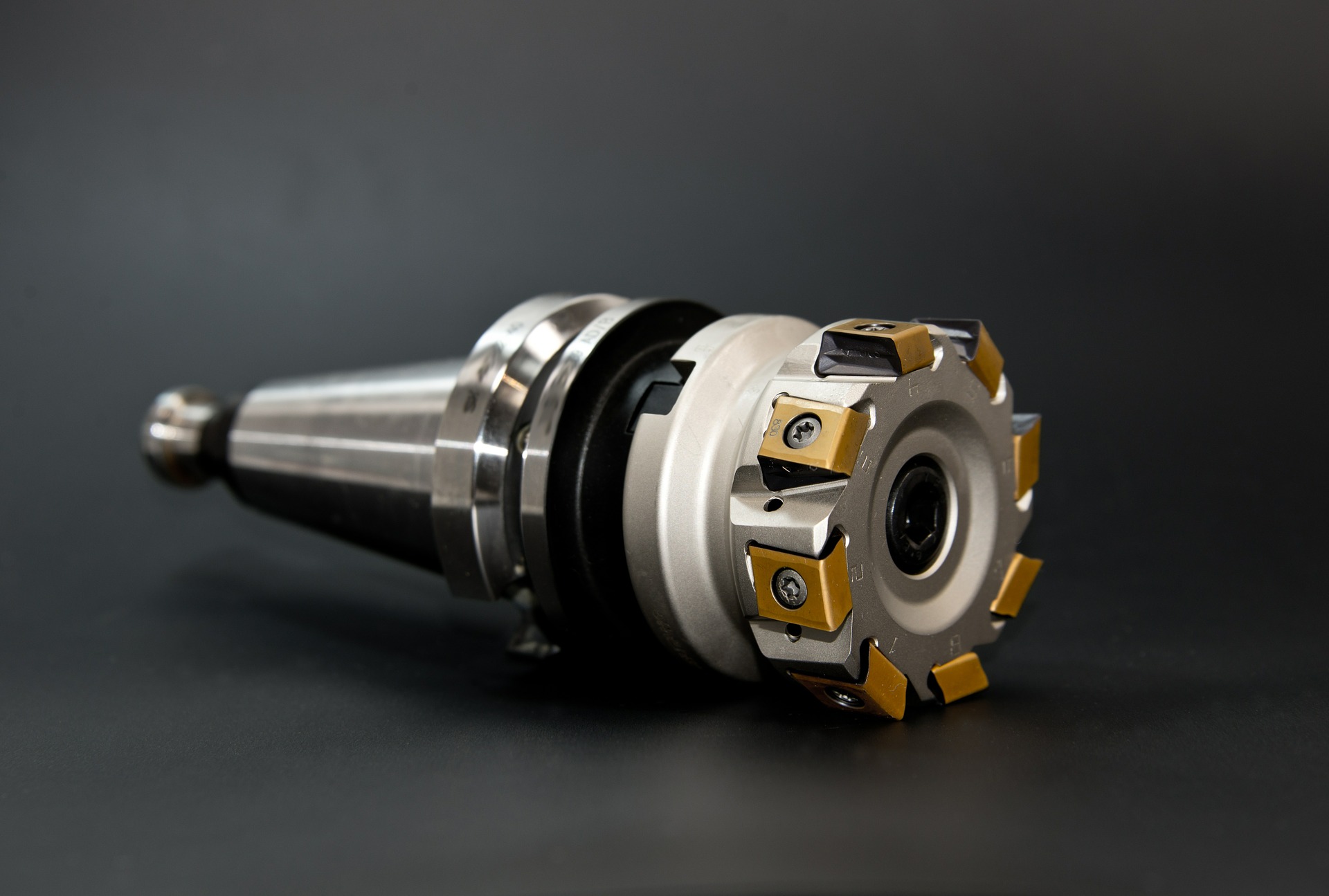The Basics of Directional Boring in Trenchless Technology

Directional boring makes trenchless technology an incredibly versatile way to place drains and pipes. Directional boring makes room in the ground for a new pipe, allowing trenchless technology to avoid obstacles and problems in its path. CIPP technicians can determine if you need directional boring to lay your pipework, and if so, give you an estimate. These are the basics of directional boring.
What is directional boring
Directional boring is a technique that allows the digging of a new pipeline without a trench. Instead of starting at the top of the soil and digging down, directional boring starts with only a small access hole drilled. From there, the pilot bore is placed. This bore drills a pilot hole from the access point to the end of the project pipeline. This is just a small hole that shows that the ground is capable of supporting a trenchless pipe placement. It also acts as a guide for the larger hole meant to house the pipeline. A larger boring head is placed into the pilot hole. It bores along the guiding line, making the original line large enough for the pipeline of the desired size to be placed there. After this boring process, there’s one final pass: the pipe has to be put into place. This could be a standard, flexible pipe, or it could be cured in place pipe (CIPP). Either way, the only top-down holes needed are at the beginning of the directional bore and the end.
When does trenchless technology use directional boring
Directional boring is a great way to avoid obstacles. For some construction sites, this could mean a better way to lay a new pipeline without disturbing any of the current sewer and utility lines. It’s also used to avoid large scale obstacles. Directional boring is excellent for running pipes under rivers or deep-rooted structures, for example. Large scale projects also use directional drilling frequently, as the high-powered approach is perfect for avoiding issues and clearing space quickly.
Who can perform directional boring
Directional boring needs to be performed by trained technicians. Controlling the bore takes practice and control. Even a slight deviation can complicate the process of pipe installation. A smooth bore is essential for a clear, free-flowing drain or pipeline. Additionally, directional drilling requires the ability to read a plot and make a clear course through. One of the primary dangers of directional boring is cross-boring. An unskilled borer may drill a new pipeline through an existing one. Besides ruining the existing pipeline, it could create a potentially dangerous situation. If one pipe is carrying natural gas and the other is carrying an industrial drain, chemical contamination could lead to an explosive situation. Directional boring should only be done by experienced technicians.
Directional boring allows trenchless technology to avoid obstacles. Whether plotting a new course through a heavily crisscrossed area or drilling under an obstacle, trenchless technology works with directional boring. Ask your CIPP and trenchless technology technician whether directional boring fits your project.